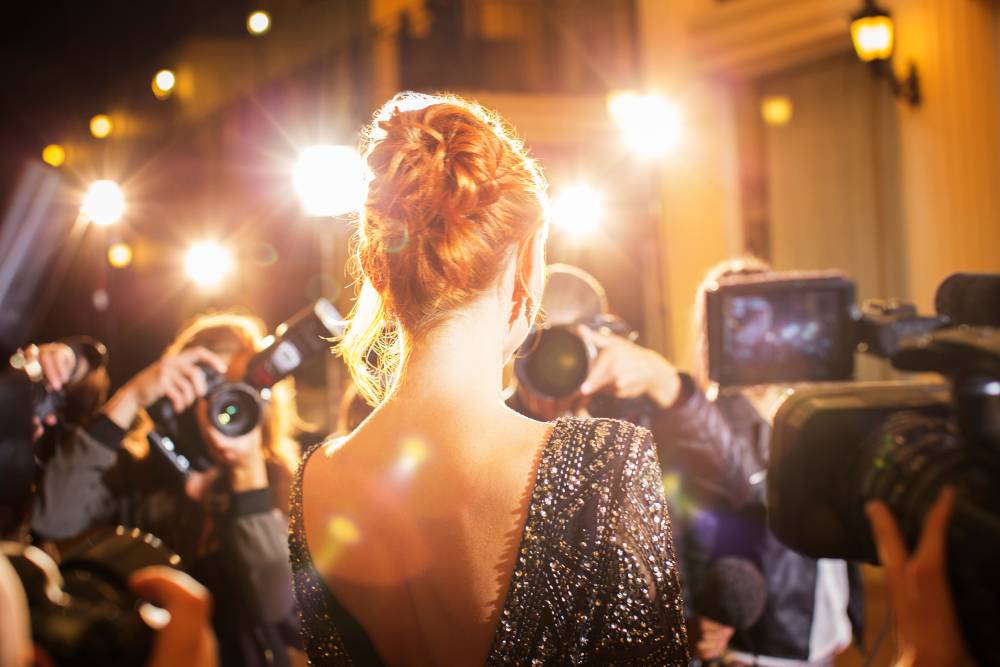
Disabilities and the Entertainment Industry
Our culture is expanding the demand for variety in all forms of media. Whether you want to act, model, sing, or perform in any aspect, there is a widening need for inclusivity. Historically, there were always a certain amount of criteria that needed to be met in order to fill these roles, but public perception and technology have made accessibility much easier than ever before. Knowing the state of the fashion and performance arts industries and what resources are available are important to help you succeed.
Acknowledging the Gap in Representation
Hollywood has traditionally been a discerning machine that embraced nearly impossible and misrepresentative standards.Though the climate has been shifting, the peak for demand of more representative members of other communities has not been reached. GLAAD, a media advocacy organization, found that just 3.1% of characters faced a disability in the 2019-2020 TV season. This is the highest percentage to date, but it still falls short of the truth that one in four Americans face a disability. Not only are they not represented as characters, nearly 80% of the actors in these roles are able-bodied individuals.
This altered perception of reality has marginalized this massive community, and the demand for more accurate depictions of society have led to more opportunities for special needs performance-oriented individuals. Because the demand is growing faster than mainstream media is able to churn out, more and more growth and acceptance is being seen in this traditionally difficult industry.
Technology and Ease of Access
Tech developments and the digitization of the modern workplace have made accessibility much easier for disabled talent as well. More interviews and auditions have been held over communication platforms than ever before. Not only does this make the process easier for disabled actors or models who find travel difficult, but also deaf or hard-of-hearing talent have been able to use tech for closed captioning on platforms such as Zoom in real time.
What’s also important to note is because the demand for inclusivity is growing, more filming locations will be more accessible to alternative needs thanks to advocate nonprofits such as RespectAbility. Whether that means wheelchair-friendly locations or having a sign language interpreter on site, more special requests are being accepted compared to 10 years ago. These improvements and innovations along with the demand for more representative content have provided more opportunities in a variety of fields.
Seizing the Opportunity
Though inclusivity has been historically underappreciated, demand and technology are now providing a strong market for disabled talent. If you have a disability and have been curious about an acting career or becoming a model, this is your chance to follow your dream!
Discovery Spotlight specializes in introducing your talent to a wide variety of fashion and acting agencies. As described above, they utilize a wide variety of tools to accommodate needs, including closed captioning for Zoom. This tool alone has been essential for bridging the gap for hard of hearing or deaf talent. It can be difficult for anyone to find their way through this rewarding industry, but access for disabled performers has increased and will continue to do so.